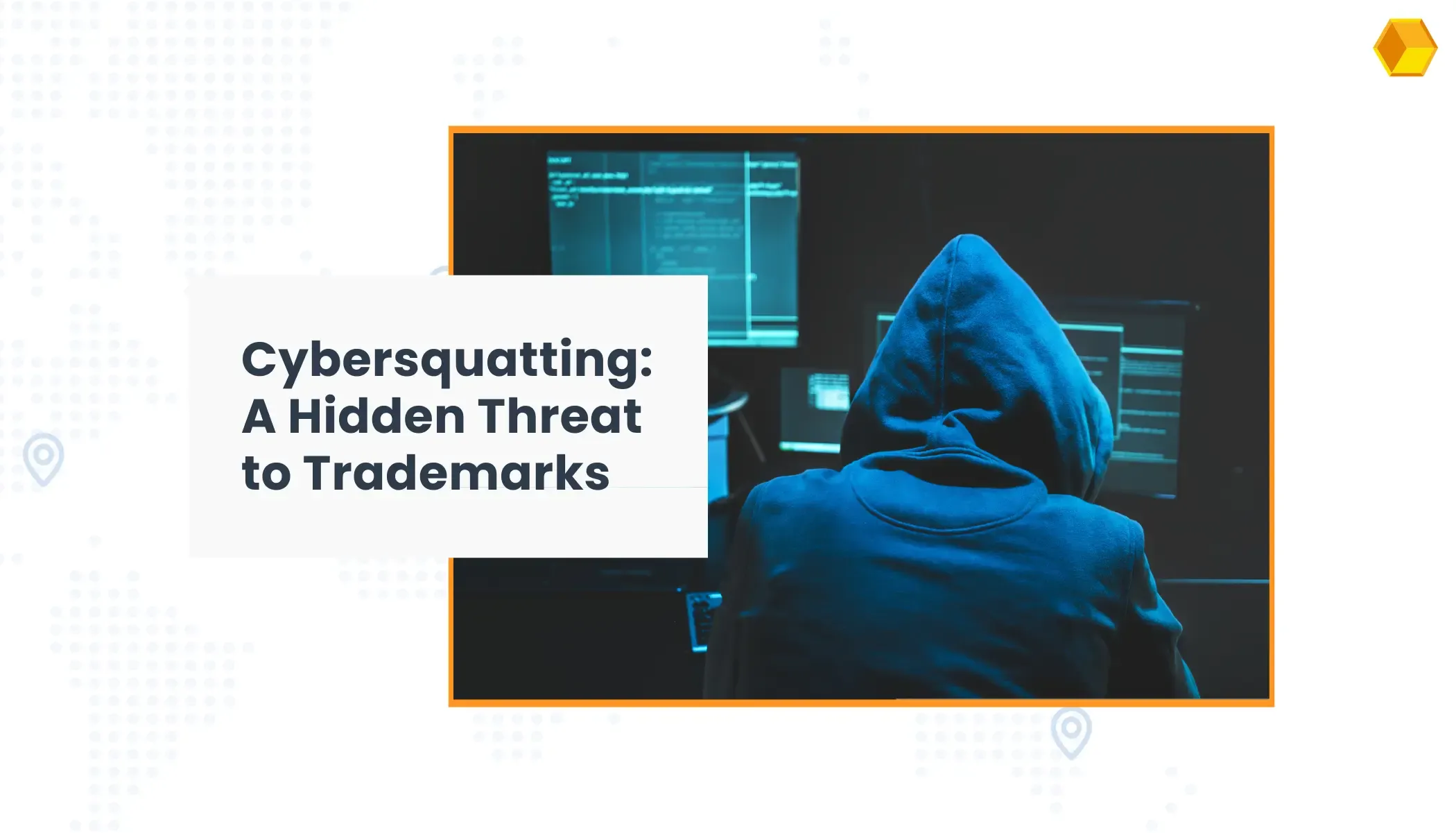
The Impact of Cybersquatting on Your Trademark
It can take less than 5 minutes to register a domain name online, for a fee that can be as low as $10. However, in a world of "first come, first served," many things can go wrong – and they often do. As we all know, not everyone acts in an ethical manner.
What happens when someone registers a domain name to profit from someone else's brand? The short answer: the brand suffers.
If you want to learn about cybersquatting, and what it means for trademarks, keep reading.
What Is Cybersquatting?
Cybersquatting occurs when someone registers a domain name in bad faith with the intent to financially benefit from a trademark that does not belong to them. This can lead to a domain dispute between the owner of the trademark and the owner of the domain.
The practice often involves not only sitting on one version of the domain, but all of its variations as well. This includes registering the .biz or .net domains (or any other available domain extensions), as well as common misspellings or abbreviations.
How Does It Affect Trademark Owners?
When a person registers a domain, that person retains the rights to that domain until he/she sells it or lets the registration expire. Therefore, cybersquatters can severely damage the brand of a trademark owner, simply by preventing them from using the domain name corresponding to their brand.
However, this damage can go far beyond just preventing trademark owners from using the domain for their own business endeavors. In some cases, it involves redirecting visitors to obscene web pages, phishing sites, and even competitor's sites. This can tarnish the reputation of the brand quite badly.
Many business owners do not plan far enough ahead to foresee cybersquatting. Cybersquatters are well aware of the leverage they have. They know that it is often less costly for a trademark owner to purchase the domain from them than it is to sue for it.
What Legal Rights Do Trademark Holders Have?
The legal rights of trademark holders depend on the country or domain extension for which a domain name has been registered.
In the United States, for example, a trademark holder can pursue legal action under the Anticybersquatting Consumer Protection Act (ACPA). To have a successful case under the ACPA, a trademark owner must prove each of the following:
- The registrant had bad intent to profit
- The trademark was unique prior to the date the domain name was first registered
- The domain name is either identical or confusingly similar to the trademark
- The owner was the first to use the distinctive trademark
The World Intellectual Property Organization (WIPO) also has an arbitration system in place to combat this issue. In fact, a well-publicized case involving the WIPO occurred in 2006, when footballer Wayne Rooney won against Huw Marshall. In early 2002, Marshall registered WayneRooney.com after seeing Rooney play. Marshall claimed the website was a "fan site". However, in 2006 the WIPO panel rejected Marshall's claim and ordered him to hand over the domain rights to Rooney within 10 days.
Conclusion
Cybersquatting has been an ongoing issue since the 90's. This is why governments and organizations have put legislation in place to give victims a fighting chance.
If you are starting a business, make sure you conduct thorough research on domains before you apply for a trademark.
If you are a victim of cybersquatting, do not fret. You can seek advice from experts in order to clear up your situation.